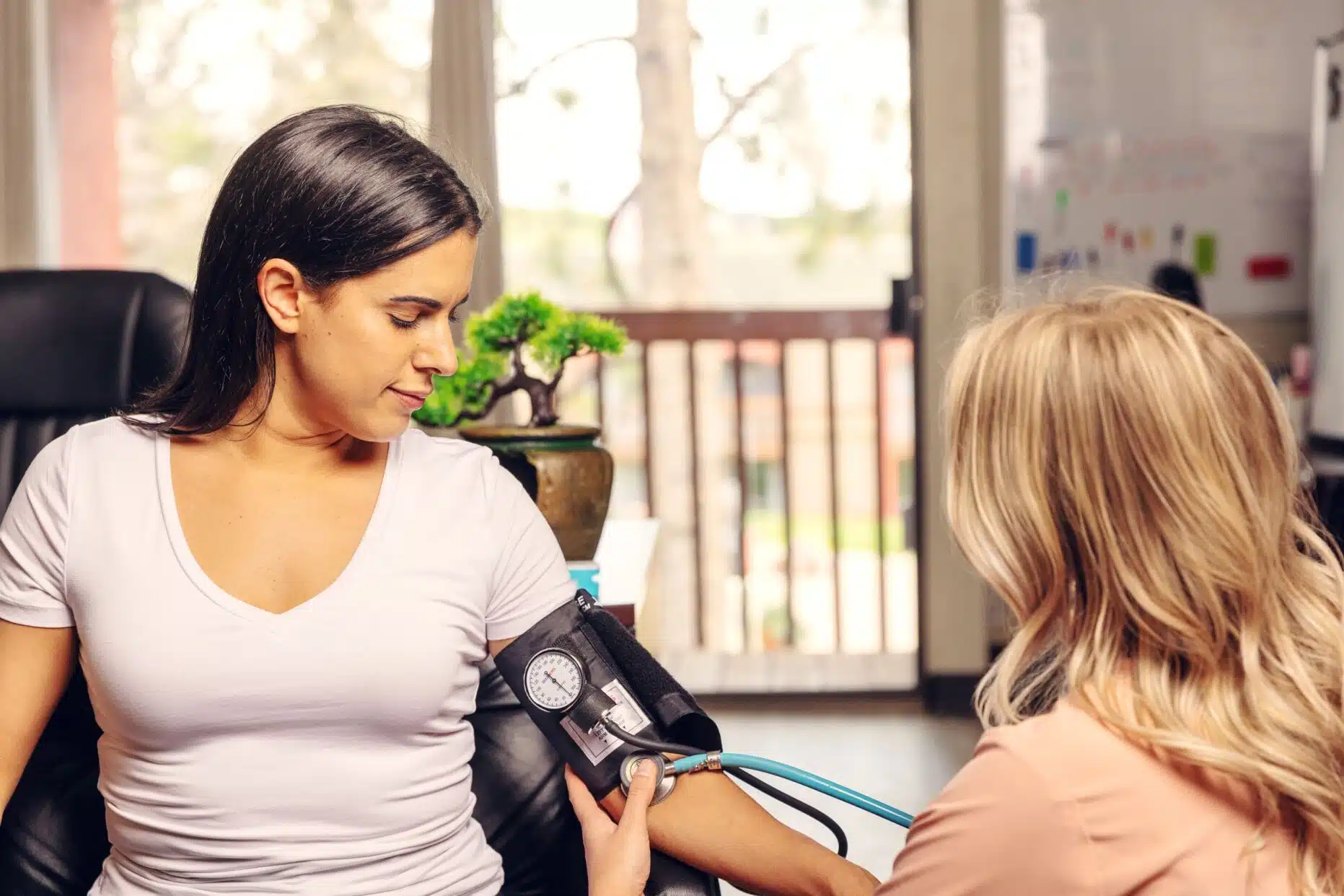is a synthetic opioid variant that is recognized for treating moderate to severe pain. It is often given to patients following a major surgery or those who have been suffering from chronic pain conditions. There’s extended release variants as well as regular tablets depending on what is needed by the patient.
As with many types of controlled substances, especially opioids, there is a high risk of abuse when tramadol is taken for a long period of time. Thus, it is important to be aware of tramadol addiction signs to prevent the life-threatening effects of opioid overdose.
Tramadol Addiction Symptoms
Drug abuse can exhibit signs in three main areas, including physical, mental, and behavioral symptoms. Each type of substance will result to varying symptoms in these areas. For tramadol, some of the notable signs include:
Physical
- Smaller than usual pupils (pupil constriction)
- Lack of appetite
- Nausea
- Vomiting
- Dizziness and loss of coordination
- Lack of energy
- Difficulties in breathing
- Abnormal heartbeat patterns (irregular heartbeat)
Mental
- Challenging in attention and focus
- Difficulties performing former activities (work, school, etc.)
- Incomprehensible speech
- Depression and anxiety when not taking the drug
- Frequent mood swings
Behavioral
- Showing secretive behaviors
- Isolating oneself from family and friends
- Spending more time trying to procure the drug
- Financial and relationship problems due to drug abuse
- Evading responsibilities from home, work, and other areas of former pursuits
If you notice any or all of these physical, mental, and behavioral tramadol drug abuse symptoms in yourself or a loved one, seeking substance use disorder help as soon as possible is key to saving one’s health and life. If left untreated, tramadol abuse can lead to deadly outcomes such as respiratory distress or organ failure due to overdose. Don't see your Insurance Provider?
Learn More About Your Insurance Coverage
Tramadol Abuse Side Effects
Those who wonder how much is too much tramadol can also be consequently worrying about potential side effects. Opioids are notoriously known to cause many emergency overdoses and deaths, so it is crucial to be aware of the tramadol abuse effects that could happen when one misuses the drug long-term:
Physical dependency
One of the most dangerous and difficult side effects of tramadol abuse is the physical dependency on the drug. It can be difficult to wean off this opioid because you may experience very uncomfortable withdrawal symptoms. Those who try to do it on their own may go through nausea, vomiting, chills, fever, muscle pain, and other discomforts that lead them to use tramadol again to feel better.
Heart problems
Another critical side effect of tramadol abuse is heart issues. Since opioids are known to slow down or suppress organ function, it is possible to experience a slower or irregular heart rate. This side effect can potentially be dangerous as heart dysfunction can deprive one of oxygen and blood flow.
Respiratory distress
Respiratory distress is also a common effect of tramadol abuse. Opioids are known to slow down breathing processes, so those who are wondering how much tramadol is too much will find out that an overdose of the drug can cause respiratory distress. This side effect is considered a medical emergency, so seeking help right away is important.
Brain damage
The loss of oxygen can also cause some brain damage to those who abuse tramadol. Some experience some temporary brain damage following oxygen deprivation during an overdose, and some develop chronic neurological issues following long-term tramadol addiction. Other people can also develop seizures due to changes in brain chemistry.
Aside from these major side effects, a continuous abuse of tramadol can also cause drastic weight changes, poor skin health, hair loss, constant anxiety and depression, insomnia, and diarrhea.
Paying attention to signs of and its side effects is essential for you or your loved one’s recovery. If you are wanting to take a positive step towards addiction recovery, take a look below at some of the things you can do.
How to Get Help for Tramadol Abuse
Reach out to a tramadol abuse center right away.
As much as it seems easier to try quitting prescription opioids on your own, this often leads to continued withdrawal symptoms and increased addiction. Professional help allows you to be in a modified environment, 24/7 care and allows you to wean off from tramadol safely.
that has facilities for a medical detox can help increase your chances of long-term recovery. They can also assist you with verifying your insurance or arranging other payment options if needed.
Get support from trusted loved ones or local resources.
You can also receive support from family and friends whom you trust to help you in your recovery journey. Express your desires to get into rehab, or you can open up about your tramadol abuse problem. They can provide you with the support you need during this transformational time.
Alternatively, you can also get support from local resources to receive information about opioid abuse. You can also start on some free counseling or support groups if you are eligible.
Prepare for your treatment.
Another important step to take is to prepare for your treatment. Whether it’s letting your employer or school know or creating an arrangement that will help your family cope with your absence, planning ahead can make your treatment stress-free. It can also be helpful to know what to bring during your inpatient rehab.
Tramadol Abuse, Side Effects and Recovery
Hopefully, the information above will provide you with a guide on how to navigate tramadol abuse and recovery. By keeping yourself aware of addiction signs, potential side effects, and how to get started with treatment, you can take control of your life and break free from tramadol abuse.
Sources
Medical disclaimer:
Sunshine Behavioral Health strives to help people who are facing substance abuse, addiction, mental health disorders, or a combination of these conditions. It does this by providing compassionate care and evidence-based content that addresses health, treatment, and recovery.
Licensed medical professionals review material we publish on our site. The material is not a substitute for qualified medical diagnoses, treatment, or advice. It should not be used to replace the suggestions of your personal physician or other health care professionals.









